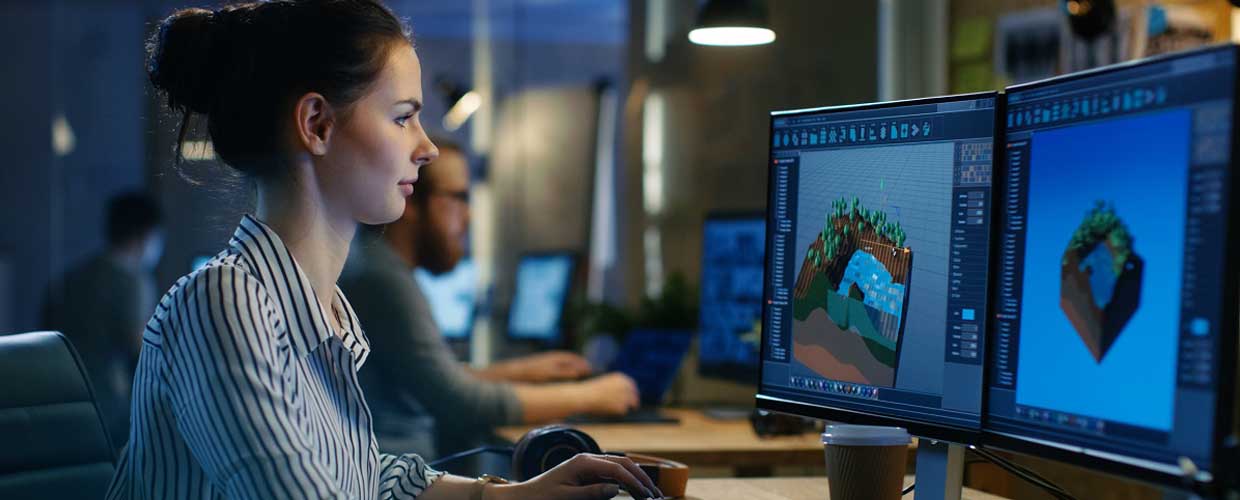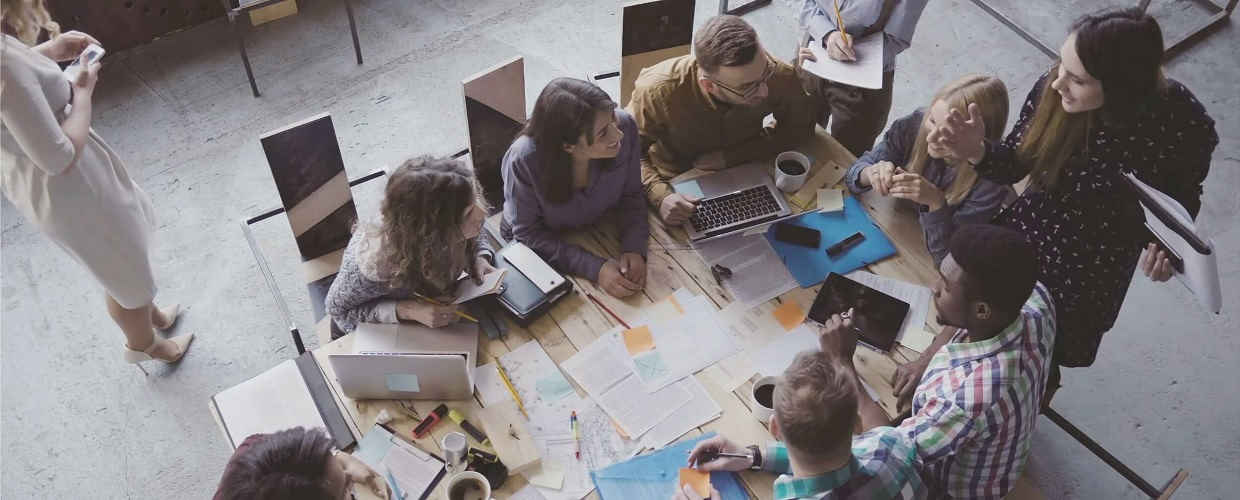Ah, January, the beginning of the New Year. The holidays are over, everything that happened in 2013 is the past, and we’re already almost into the second month of the year. Now is a time of reflection, new beginnings, and looking onward. A magical time of year for businesses as they now start anew.
While some may not see this similarity, for me, the New Year is like Spring Training in baseball. Everyone looks at the upcoming year with high aspirations and lofty goals for how they will perform. The signings during the offseason, the conditioning they did to prepare, and everyone coming back 100% healthy can invigorate a fresh outlook. For businesses, the start of the New Year is similar in that it comes with aspirations for high performance in the upcoming year, how they will grow, and how they will succeed in their market.
The challenge for both is execution.
What learnings from the past year will they try to use so they are not inhibited by the same types of roadblocks? For businesses, this is an opportunity to examine their innovation efforts and how to do better in 2014. Below are a few quick tips on how to make your innovation efforts even better in 2014.
1. Ask Your Teams How to Improve
In the latter end of last year and first couple of weeks in January, you probably spent a good portion of time reviewing 2013 performance and what 2014 should look like. The reality is that while many of the things you had set out for in the beginning of last year may have been achieved, there are probably a number of areas that did not do so well and need attention this upcoming year. Added reality, your business and/or the market may have changed, which also might be impacting how to focus your efforts for the upcoming year. While there will always be primary goals and metrics, i.e. profit, market growth, customer retention, etc., there are so many other factors that will contribute to your success.










